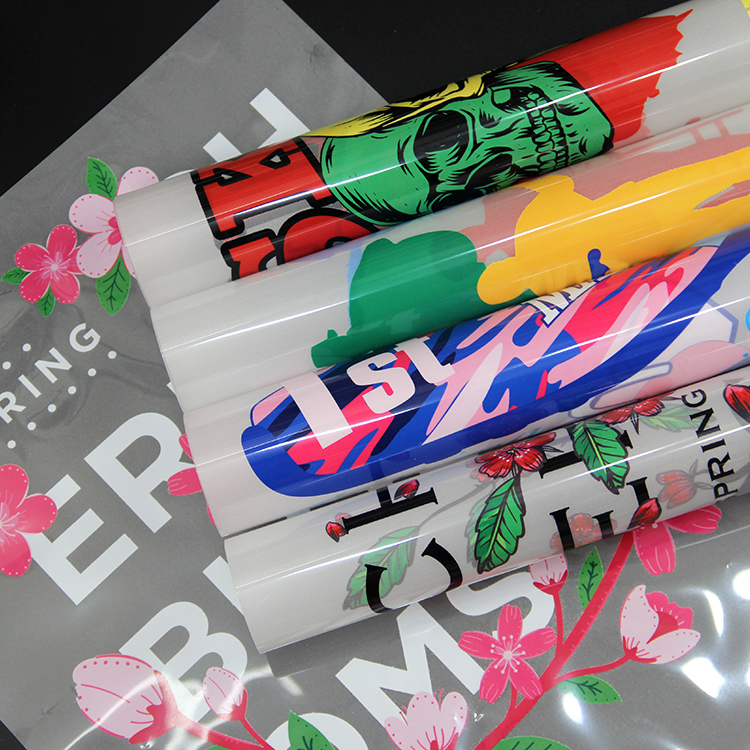posted on 2017-09-18 11:02:23
Sublimation Digital printing is replacing traditional methods in different branches of the graphics industry. There are
multiple reasons for this shift but the main drivers are the cost-efficiency, possibility to personalize prints and the
flexibility of these machines.
This is no different in the textile printing business. Traditional screen-printing is replaced by digital textile printing
solutions like sublimation printing for shorter production runs and prints that require multiple colors and photographic
imagery. The digital alternatives are ideal for the personalization of prints, which is extremely popular nowadays.
What is dye sublimation printing?
Sublimation printing is a technique that uses heat sensitive inks. These inks turn into gas under the influence of heat
and combine with a 100% polyester medium. Since the ink becomes part of the structure of the material, the images
on the fabric don’t fade or crack - even after multiple washing.
What do you need for it?
You need various items to create sublimated textiles including flags, displays, sportswear, fashion, interior decoration
and much more.
1.Printer and ink
A high-quality printer equipped with sublimation inks is essential. The printers are available with sublimation ink in four
(CMYK) or eight colors (CMYK, Lc, Lm, Lk and LLk). These inks have many colour-giving elements and are highly
concentrated,which is necessary to create beautiful, vivid and crisp images.
2. sublimation paper
To create high-quality sublimation prints, you need a sublimation transfer paper that has high ink absorption and dries
quickly.The paper needs to stay flat and may not wave after printing. It is also important that the paper releases the
ink when heating.The Bro-Sis dye Sublimation Paper does all that and is therefore the perfect paper for your sublimation
prints.
3. Calender
Printing is only the first step of the dye sublimation process. For sublimation to take place, you need heat and pressure.
Heat presses come in a variation of sizes and shapes, but you need a calender for roll-to-roll sublimation. You need a
minimum temperature of 180°C for sublimation to take place. Depending on the textile, we advise a temperature of 185 to
200°C and an exposure time of about 55 seconds to simultaneously heat the ink on the transfer paper and the polymer fibers
within the substrate, enabling the transfer of ink to media. Please note that you will need to adjust the temperature and/or
exposure time when the results are not satisfying.
4. Textile
When choosing a textile for sublimation printing, it is important that you take a 100% polyester fabric that is pr-shrunk. This
avoids shrinking when heat is applied. Roland DG offers a textile that is perfect for sublimation printing.
5.Protection paper
If you use a calender, you also need a sublimation protection paper that ensures optimal transfer of the ink onto the textile
during the sublimation process and that protects the belt of your calender against ink.
Feel free to contact us:
Website:www.itransferpaper.com
Email:vision@itransferpaper.com
Whatsapp:+86-18717853955
Facebook:http://www.facebook.com/itransferpaper.com.
Twitter:http://twitter.com/itransferpaper.com.
Youtube:https://www.youtube.com/channel/UC8W_0PRzeWjOhba9WZaH2xw
Google+:https://plus.google.com/+VISIONsublimationpaper?hl=zh-CN.



